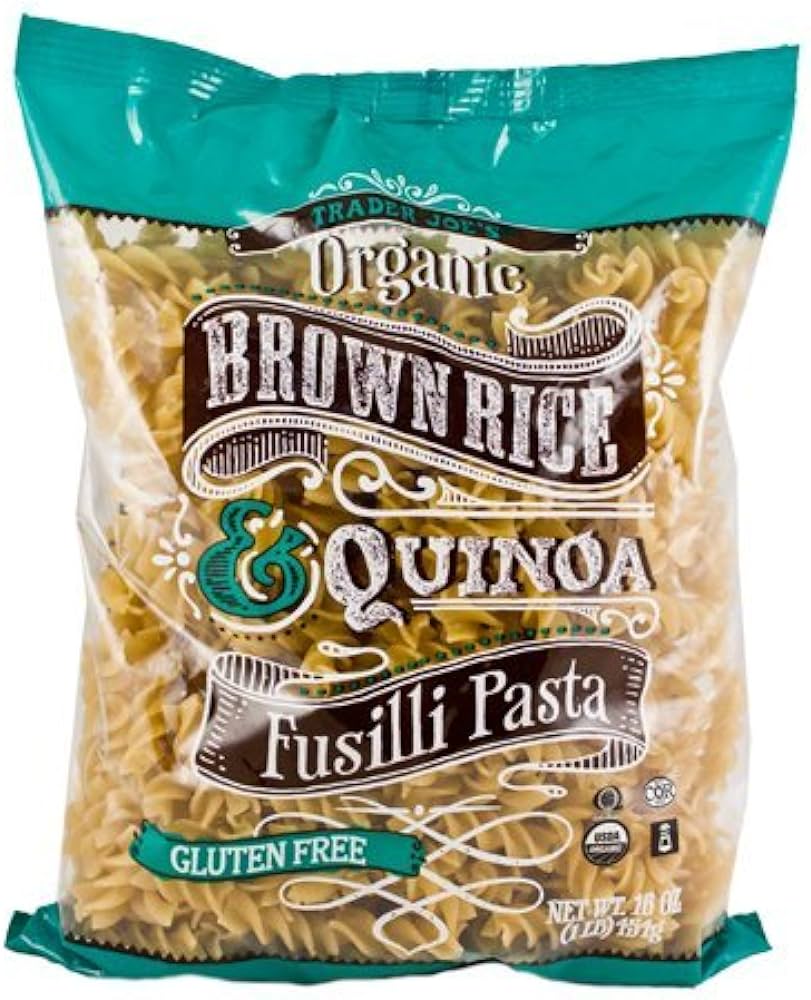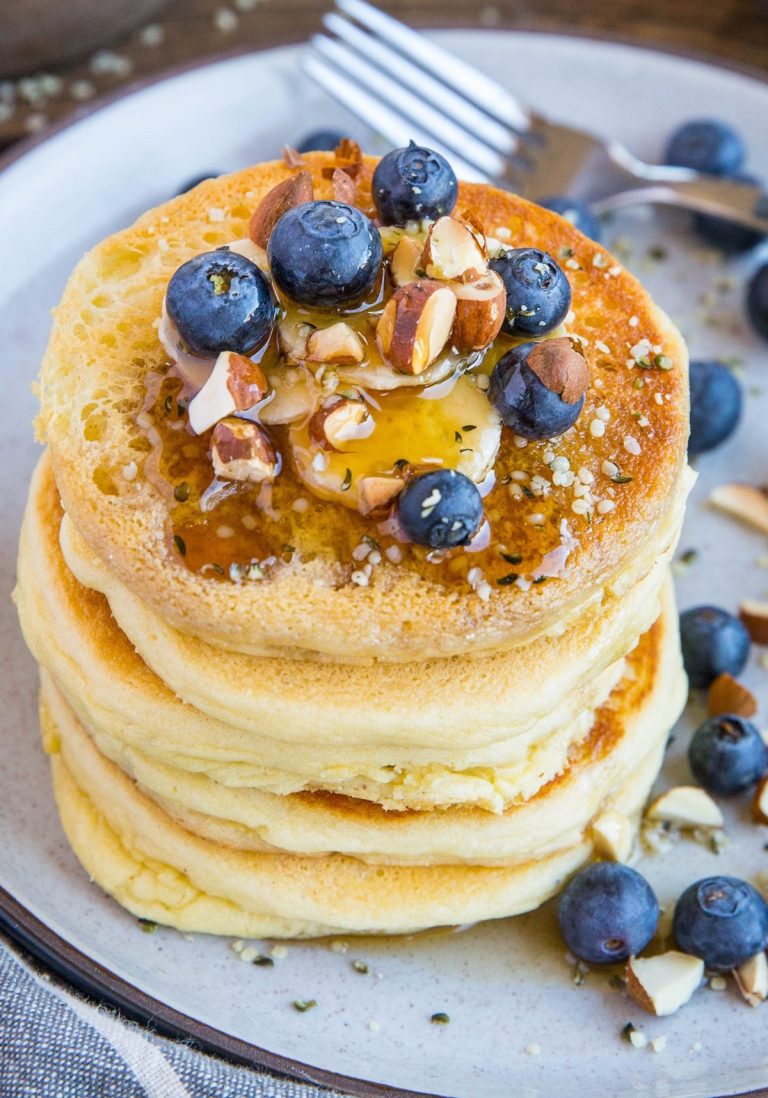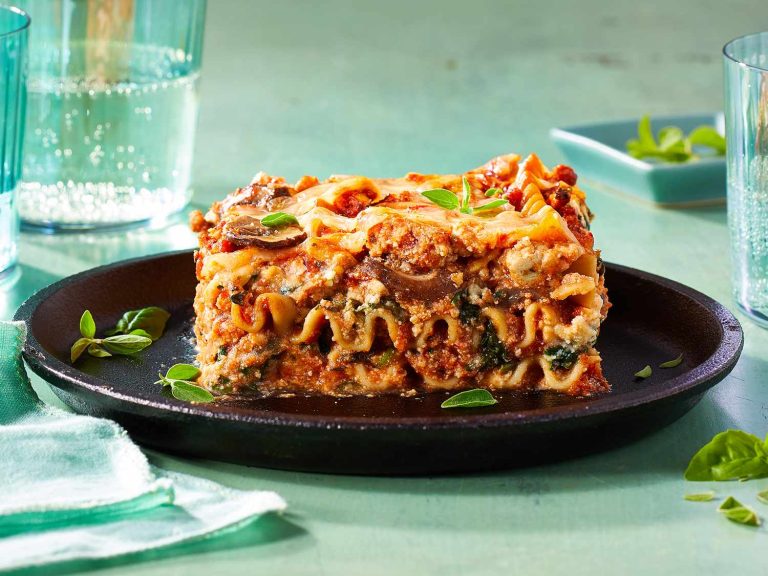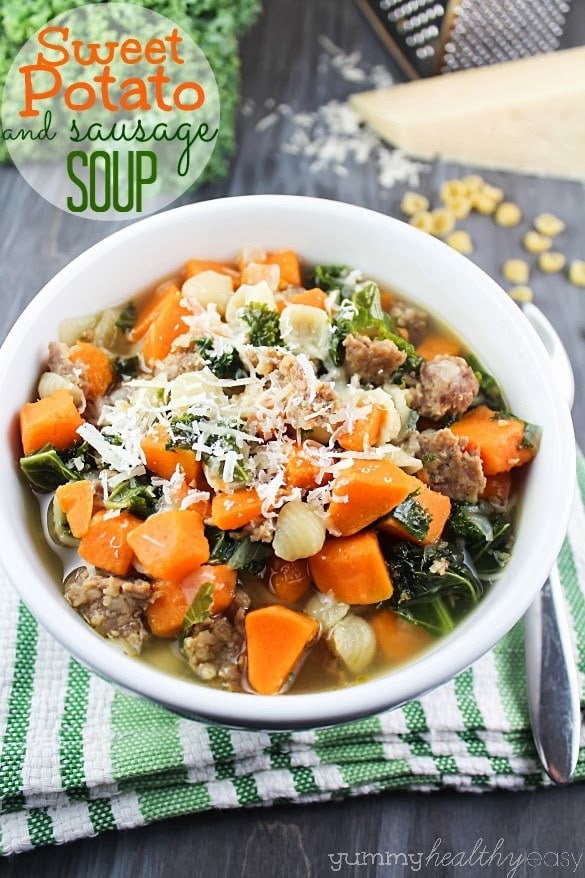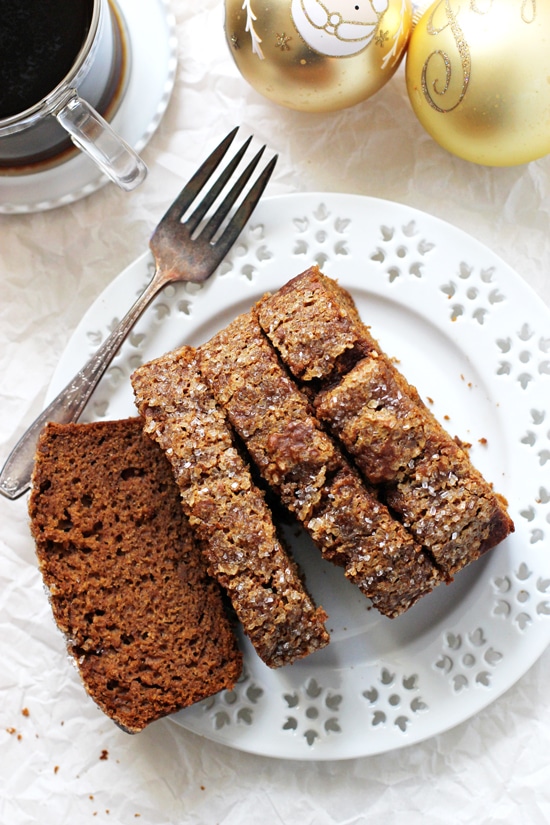Gluten Free Quinoa Noodles: Nutritional Benefits, Where to Buy, and Cooking Tips
Gluten-free quinoa noodles are pasta made primarily from quinoa flour, which is derived from the grain-like crop called quinoa. These noodles cater to those who cannot consume gluten and those looking for healthier pasta alternatives. Unlike traditional wheat-based pasta, these noodles are naturally gluten-free and provide an array of health benefits due to the quinoa content. You can find them in various shapes, including spaghetti, penne, and fusilli, making them a versatile option for many recipes.
Health Benefits of Quinoa Noodles
Quinoa noodles offer numerous health benefits because they are a rich source of essential nutrients. They contain high levels of protein, which promotes muscle repair and growth. With 8 grams of protein per cup, quinoa noodles provide more protein than many other pasta varieties.
These noodles are also high in dietary fiber, aiding in digestion and helping maintain a healthy weight. A single serving contains roughly 5 grams of fiber, contributing significantly to your daily fiber intake. Additionally, they’re packed with essential vitamins and minerals, such as magnesium, iron, and B vitamins. These nutrients support various body functions, including energy production, oxygen transport, and nervous system health.
Recent studies indicate a lower glycemic index for quinoa noodles compared to traditional pasta. A lower glycemic index means these noodles cause slower spikes in blood sugar, making them an excellent choice for individuals managing diabetes or aiming to stabilize blood sugar levels.
Quinoa noodles also contain antioxidants, which help combat oxidative stress and reduce inflammation. This makes them a robust option for not only combating gluten sensitivities or celiac disease but also enhancing overall well-being.
Taste and Texture Comparison
Quinoa Noodles vs Traditional Pasta
Quinoa noodles offer a distinct taste compared to traditional pasta. While wheat pasta provides a neutral flavor, quinoa noodles have a slightly nutty and earthy taste. This unique flavor can enhance certain recipes, especially those with robust sauces or spices.
The texture also differs significantly. Traditional pasta, made from durum wheat, has a firm and chewy texture. Quinoa noodles tend to be softer and have a more delicate bite. This difference becomes more pronounced when overcooked, as quinoa noodles can turn mushy faster than their wheat counterparts.
Quinoa Noodles vs Other Gluten-Free Noodles
Compared to other gluten-free noodles (e.g., rice, corn, or chickpea), quinoa noodles present a balanced flavor profile. Rice noodles are often bland, while corn noodles have a distinct sweetness. Quinoa noodles’ nutty flavor stands out without being overpowering, making them versatile for various dishes.
Regarding texture, quinoa noodles generally offer a more consistent bite. Rice noodles can be slippery and gummy, which some people might not prefer. Corn noodles can be grainy, whereas quinoa noodles provide a smooth texture. Additionally, chickpea noodles are dense and hearty, contrasting with the lighter, tender texture of quinoa noodles.
Cooking Gluten Free Quinoa Noodles
Best Practices for Cooking
Start by boiling a large pot of water. Use at least four quarts of water to ensure the noodles don’t stick together. Once the water boils, add a pinch of salt to enhance flavor. Add the quinoa noodles gradually to prevent clumping. Stir occasionally and cook for about 8-10 minutes, checking frequently for tenderness.
Drain the noodles using a colander. Rinse under cold water to stop the cooking process, which helps retain the noodles’ texture. For additional flavor, toss the cooked noodles with a bit of olive oil, which also prevents sticking.
Pair quinoa noodles with your favorite sauces and ingredients. Their mild, nutty flavor complements a variety of dishes, from simple marinara to sophisticated pesto.
Common Mistakes to Avoid
Avoid overcooking quinoa noodles. They can become mushy if left in boiling water too long. Stick to a cooking time of 8-10 minutes, and check for doneness often.
Don’t skip rinsing. Rinsing stops the cooking process and prevents noodles from becoming too soft. It also eliminates excess starch, which can cause clumping.
Avoid using too little water. If you use less than four quarts, the noodles may stick together and cook unevenly.
Don’t neglect seasoning. Adding salt to the boiling water enhances the noodles’ flavor, making your dish more enjoyable.
Nutritional Profile
Key Nutrients in Quinoa Noodles
Quinoa noodles pack essential nutrients that contribute to a balanced diet. They’re rich in protein, providing approximately 8 grams per cup. Gluten-free quinoa noodles also offer dietary fiber, about 5 grams per serving, which aids digestion and promotes satiety. Key minerals present include magnesium, iron, and zinc. One serving typically contributes around 20% of the Recommended Dietary Allowance (RDA) for magnesium and 15% for iron. Quinoa noodles contain Vitamin B6 and E, supporting energy metabolism and antioxidant functions, respectively.
Comparison With Regular Noodles
Contrary to regular wheat noodles, quinoa noodles are gluten-free, making them suitable for those with celiac disease or gluten sensitivity. While wheat noodles provide 1-2 grams of fiber and less protein per serving, quinoa noodles offer higher levels of both. Traditional pasta often has a higher glycemic index, leading to quicker spikes in blood sugar. Quinoa noodles, with a lower glycemic index, enable better blood sugar management. Regular noodles lack the diverse nutrient profile of quinoa noodles, which include B vitamins and essential minerals, making quinoa noodles a more nutrient-dense option.
Where to Buy Gluten Free Quinoa Noodles
Tips for Buying Online
Finding gluten-free quinoa noodles online ensures convenience and variety. Begin by exploring major online retailers’ websites, like Amazon, Thrive Market, and Walmart. Use specific search terms such as “gluten-free quinoa noodles” to filter results effectively. Check customer reviews to gauge product quality and satisfaction. Opt for products with high ratings and detailed reviews. Look for bulk buying options, as these often offer better value. Verify the product listings for certified gluten-free labels to ensure authenticity. Examine the ingredient lists and nutritional information for any potential allergens or additives.
Finding Them in Local Stores
Locating gluten-free quinoa noodles in local stores involves visiting health food stores and large supermarket chains. Stores like Whole Foods Market, Sprouts Farmers Market, and Natural Grocers typically carry a wide selection of gluten-free products. Check the pasta or gluten-free sections of these stores. Engage with store staff for assistance if you have difficulty finding the specific product. Many supermarkets have dedicated health food aisles; inquire if unsure. Explore smaller local health food stores, as they often carry unique or specialized items not found in larger chains.
Conclusion
Choosing gluten-free quinoa noodles can significantly enhance your diet with their impressive nutritional profile and versatility. Whether you’re shopping online or at local health food stores, it’s crucial to look for certified gluten-free labels and read customer reviews to ensure quality. By incorporating quinoa noodles into your meals, you’re not only making a healthier choice but also enjoying a delicious and satisfying alternative to traditional pasta. Embrace this nutrient-rich option and elevate your culinary experience with ease.
